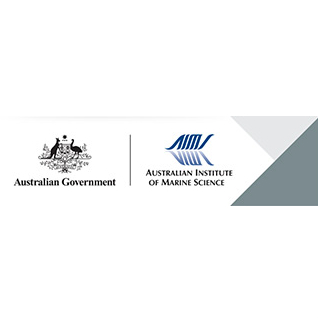Brief description
We used passive acoustic telemetry to examine the effects of five different intensities of Light Emitting Diodes (4000K floodlight) on the movement patterns and predation rates of flatback turtle (Natator depressus) hatchlings as they disperse through nearshore waters. A total of 68 hatchlings were released, 36 of which were released when the light sources were present on a boat located to the east of the hatchling release point and 32 were released when the light sources were present on a boat located to the west of the release location. Five or six hatchlings were released in each treatment (Ambient, 10 watt, 30 watt, 50 watt, 70 watt, 120 watt). Attraction of hatchlings to lights increased with light intensity only when lights were located in the direction that hatchlings preferred to disperse under ambient conditions (west). This suggests that the location of the light source in relation to the preferred direction of travel may be important in determining the impact on hatchlings. When the light source was not in the direction of travel, only 25% of hatchlings were attracted to it. Predation of hatchlings was higher when LEDs were illuminated than under ambient light conditions. We found no clear relationship with predation rates or time spent in the nearshore with light intensity, although a combination of high variability in environmental conditions across nights, low sample sizes, and the relatively low intensity of our light treatments might have affected our ability to detect an effect. The hatchling predation rates we recorded and the finding that hatchlings spent 20% longer in predator-rich nearshore areas for all light intensities on one of the nights suggest that the presence of LEDs, regardless of their intensity, is likely to have a negative impact on the survivorship of hatchlings passing through the nearshore.Lineage
Maintenance and Update Frequency: notPlannedNotes
CreditUniversity of Western Australia (UWA), Australia
Pendoley Environmental, Australia
Department of Biodiversity, Conservation and Attractions (DBCA), Australia
Modified: 17 10 2024
text: westlimit=114.98265266418458; southlimit=-21.446917426082944; eastlimit=114.98265266418458; northlimit=-21.446917426082944
Wilson Phillipa, Pendoley Kellie, Whiting Scott, Pattiaratchi Charitha, Meekan Mark, Thums Michele (2022) Response of turtle hatchlings to light emitting diodes at sea. Marine and Freshwater Research, https://doi.org/10.1071/MF21217
- global : cbec5004-701b-436f-b286-a99c476c0881


